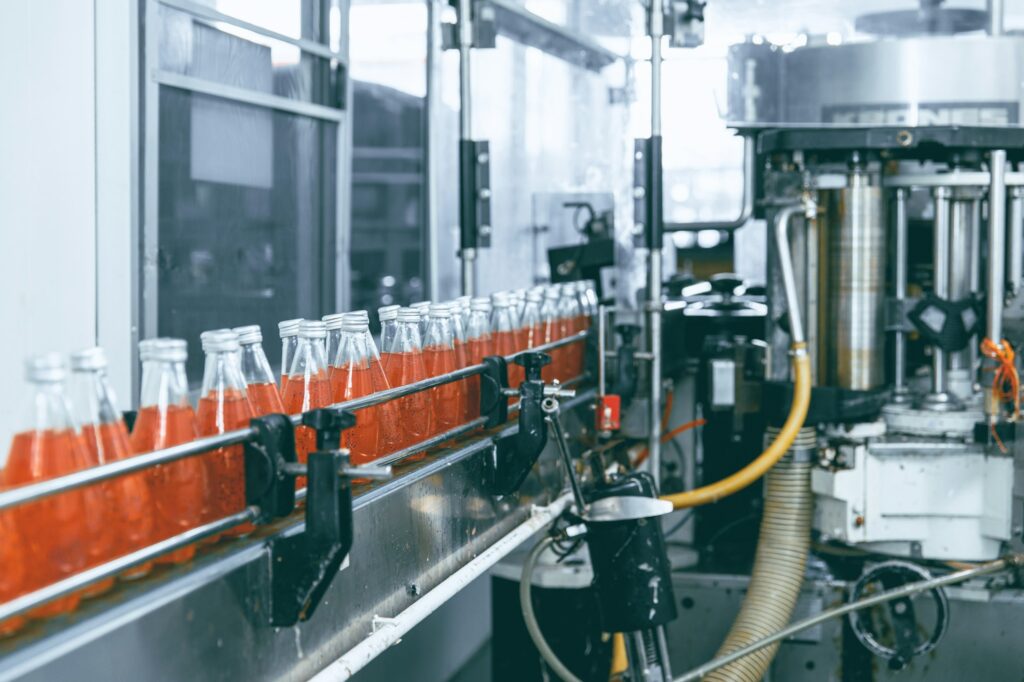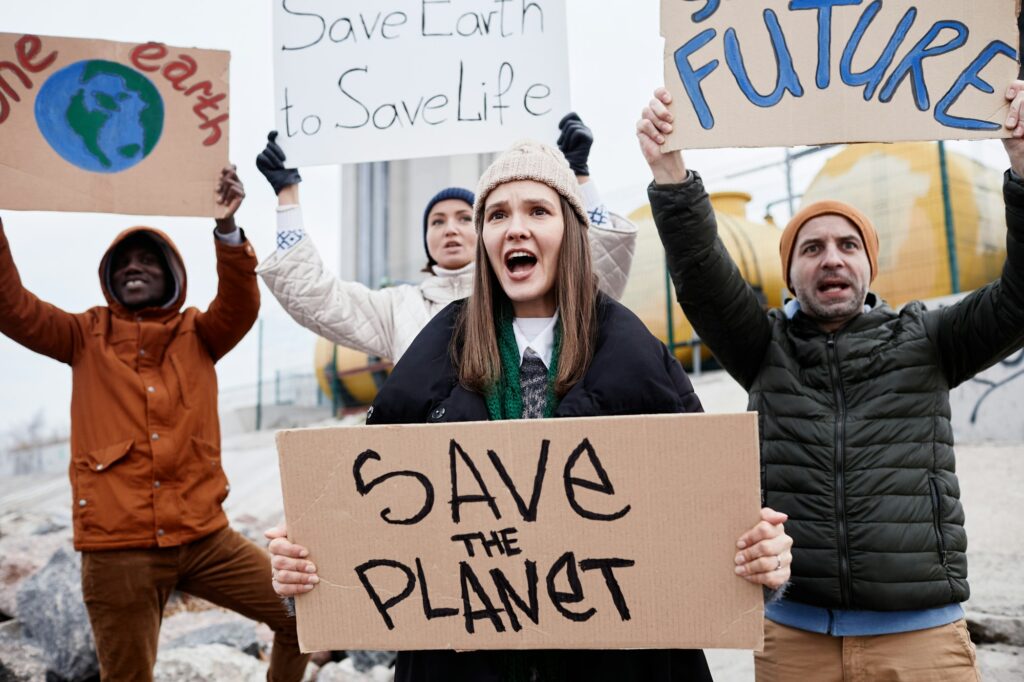Industries with the Highest Water Consumption
March 22 is celebrated as World Water Day, a day to emphasize the significance of water and its conservation. The 2023 theme by the United Nations is “Accelerating Change to Address the Water and Sanitation Crisis.” Despite global efforts, challenges in the water cycle are impeding progress on various fronts such as health, hunger, gender equality, education, and industry. In 2015, the world committed to Sustainable Development Goal 6, aiming for safely managed water and sanitation for all by 2030. However, we are lagging behind this goal, with billions of people lacking access to safe water and sanitation facilities. This challenge demands collective action from governments, institutions, and individuals alike.
Water Scarcity: A Global Issue
Although 71% of Earth’s surface is covered with water, only 3% is freshwater, essential for survival. Most of this freshwater is trapped in glaciers, polar ice caps, the atmosphere, and soil, leaving just 0.5% accessible for use. Consequently, two-thirds of the global population lives in areas with freshwater access issues. Water scarcity affects every continent, with 1.1 billion people lacking access to water. By 2025, nearly half of the global population might face water shortages, and by 2040, almost a quarter of all children could live in regions experiencing extreme water pressure. This crisis is exacerbated by climate change, population growth, and land-use changes.
Water Consumption by Industry (billion cubic meters/year)
| Industry | Water Consumption (billion cubic meters/year) |
|---|---|
| Agriculture | 2920 |
| Fashion | 79 |
| Energy | 52 |
| Meat | 1460 |
| Beverage | 746 |
| Mining and Quarrying | 16 |
| Construction | 14 |
| Car Manufacturing | 148 |
Industries with the Highest Water Consumption
Various industries significantly contribute to water consumption. Here are some of the major water-consuming industries:

1. Agriculture
Agriculture uses 70% of the world’s freshwater, with Europe requiring 44% for this sector. Water is essential for irrigation, fertilizer and pesticide application, crop cooling, and frost control. The sector is also a major source of water pollution due to the use of fertilizers and insecticides. Thirsty crops include wheat, corn, rice, cotton, and sugarcane. Nuts, particularly those grown in water-stressed regions, also demand significant water.
Agriculture uses 2920 billion cubic meters of water per year. This is equivalent to the volume of water used to fill over 1.16 million Olympic-sized swimming pools every year.

2. Fashion Industry
The fashion industry uses 79 billion cubic meters of freshwater annually, making it the second most water-consuming industry. Cotton, the primary material in clothes, has a high water demand. Producing one pair of jeans requires 7,000 liters of water, while a T-shirt needs 2,700 liters.
The fashion industry uses 79 billion cubic meters of water per year. This amount of water could produce approximately 11.3 billion pairs of jeans, enough for every person on Earth to own at least one pair.

3. Energy Industry
Global energy production consumes approximately 52 billion cubic meters of freshwater annually, primarily for cooling processes in power plants. Fossil fuel and nuclear power plants are major consumers, along with bioenergy crops like sugarcane and rapeseed, which require large water quantities.
The energy industry consumes 52 billion cubic meters of water per year. This is enough water to supply the annual water needs of 172 million people, assuming an average consumption of 300 liters per day per person.

4. Meat Industry
Animal products such as meat, dairy, and eggs have higher environmental impacts, including water use, compared to fruits and vegetables. Meat production, closely linked to agriculture, uses one-third of freshwater consumed in agriculture. Beef is the most water-intensive food, with 15,000 liters needed to produce 1 kilogram, followed by other meats and dairy products.
Meat production uses 1460 billion cubic meters of water per year. The water used to produce 1 kilogram of beef (15,000 liters) is enough for one person to take a daily shower for almost four months.

5. Beverage Industry
The Beverage Industry Environmental Roundtable reported that 19 companies used 746 billion liters of water in 2017. This figure represents only the water used in production processes, excluding water needed for cultivating ingredients and packaging. Producing one liter of soda requires 350 liters of water, while one liter of beer needs 155 liters.
The beverage industry uses 746 billion liters of water per year. The water needed to produce 1 liter of soda (350 liters) is enough to meet the daily drinking water needs of one person for nearly a year.

6. Construction, Mining, and Car Industries
In Europe, the mining and quarrying industry consumes about 4% of water, and the construction industry uses around 3.4%. Producing a car requires approximately 148,000 liters of water, a tire needs 2,000 liters, a ton of cement requires over 5,100 liters, and a ton of steel needs almost 235,000 liters.
The mining and quarrying industry consumes 16 billion cubic meters of water per year. This amount of water is equivalent to the annual consumption of approximately 53 million people.
The construction industry uses 14 billion cubic meters of water per year. Producing one ton of cement (5,100 liters) requires enough water to fill about 2,550 large bathtubs.
Car manufacturing consumes 148 billion liters of water per year. The water needed to produce one car (148,000 liters) could supply drinking water for one person for almost 405 years.
Water is an invaluable resource, and understanding its consumption is crucial. World Water Day offers an opportunity for companies to reassess their consumption patterns and set environmental targets.
“Access to clean water changes everything; it’s a stepping-stone to development.” – Kathryn Reid, 2020, ‘Global water crisis: Facts, FAQs, and how to help’, World Vision



